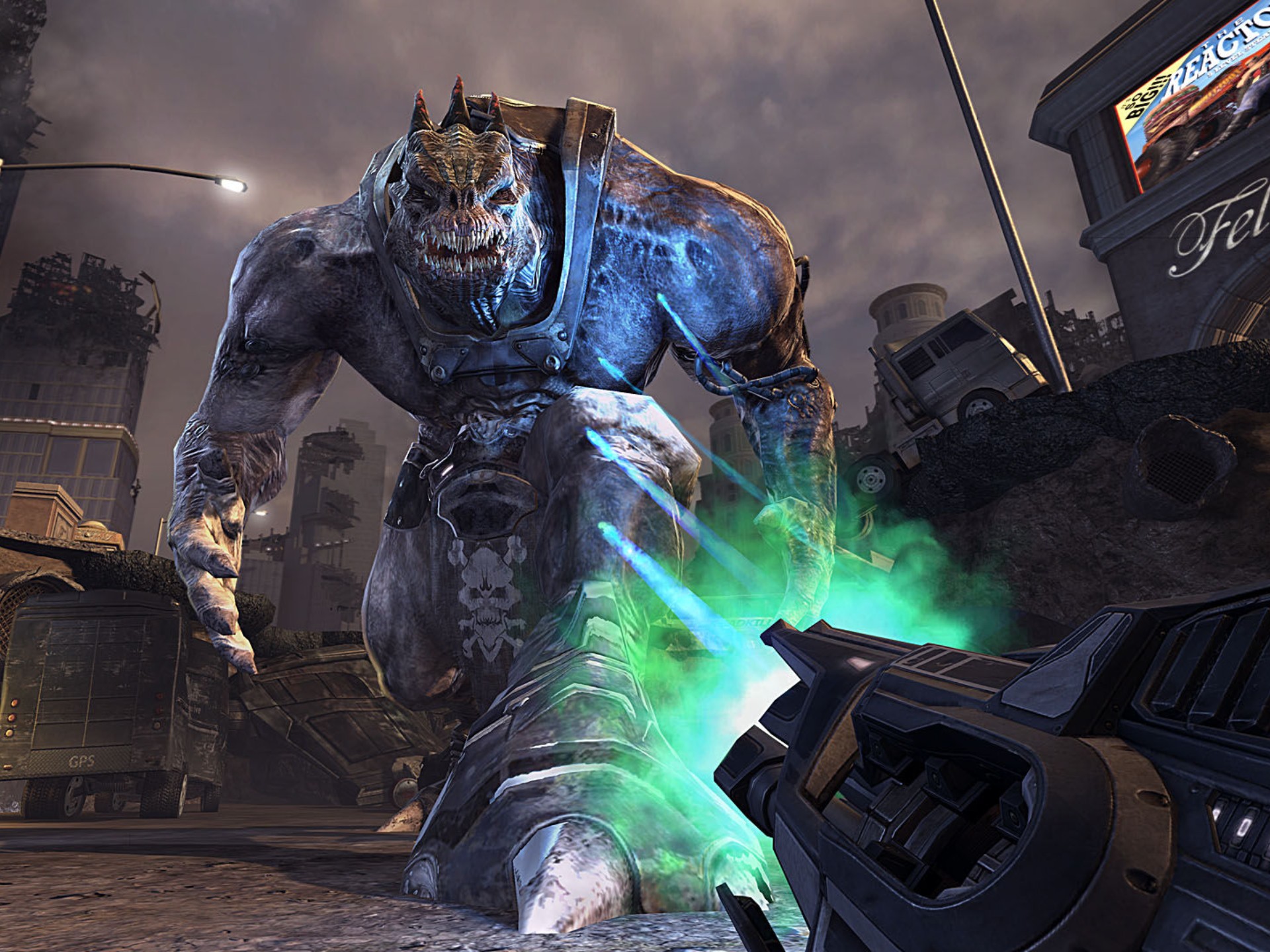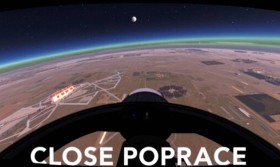Title: Joy Overload: The Art of Digital Sanctuary in VR's Most Unlikely Simulator

The sterile, almost clinical, term "Shelter Sign Installer" belies the profound emotional resonance at the heart of Joy Overload Shelter Sign Installer Simulator VR. The base game carved out a unique niche in the simulation genre, transforming a seemingly mundane municipal task into a meditative, purpose-driven experience. Players weren't just mounting signs; they were erecting beacons of hope, tiny digital lighthouses guiding avatars to safety in a world plagued by a mysterious, overwhelming emotion: Joy Overload. With the new "Place Missions Expansion," the experience evolves from a poignant job simulator into a deeply narrative, architecturally rich, and emotionally complex journey of urban healing.
The core premise remains deceptively simple. As a certified installer for the Department of Emotional Equilibrium (D.E.E.), you are tasked with placing "Shelter" signs—elegant, backlit panels that emit a calming, resonant frequency—on designated buildings. These shelters are safe zones where citizens can retreat when the euphoric but dangerous waves of Joy Overload sweep through the city. The base game introduced us to the tools: the weighty, tactile installer gun, the holographic blueprint projector, and the satisfying click-hum of a perfectly secured sign. The brilliance was in its mundanity; the gravity of the situation was conveyed not through action, but through context—the distant, manic laughter echoing from streets below, the occasional citizen stumbling past, clutching their head in a fit of excessive glee.
The "Place Missions Expansion" shatters this contained formula by introducing a new, dynamic layer: Procedural Urban Decay and Renewal. The city is no longer a static backdrop. Each mission begins with a briefing from your D.E.E. supervisor, her voice a mixture of weary resolve and urgency. A new wave is predicted. A district is vulnerable. Your job is to fortify it. You are dropped into areas visibly suffering from the aftermath of previous Overloads. Storefronts are subtly cracked from vibrational stress, neon signs flicker erratically, and a confetti-like residue coats the streets. The first step is always assessment, using your scanner to identify structural integrity points on buildings. You can’t just place a sign anywhere; it must be on a sound load-bearing wall to ensure the shelter’s stabilizing field functions correctly. This turns each mission into a puzzle, a fusion of architecture and empathy.
This expansion introduces a full Narrative Campaign woven through the new placement missions. You are no longer an anonymous contractor; you are Agent Kael, one of the few seemingly immune to the Overload. The missions are strung together by a mystery: what is causing these intensifying waves? The signs you place become data nodes, and as you secure a district, you unlock audio logs, corrupted data fragments, and environmental clues. You learn about the "Hedonism Corps," a faction that sees Overload not as a plague but as liberation, and who actively sabotage shelter grids. This narrative depth elevates the act of installation from simple duty to active rebellion. Bolting a sign onto a wall feels like striking a blow against chaos. The click-hum is a sound of defiance.
Furthermore, the expansion leans heavily into Architectural Storytelling. One mission might have you navigating the vertiginous, sleek glass towers of the financial district, using magnetic grips to install signs on skyscrapers, the city sprawling beneath you in a silent, glittering panorama. The next could see you in the cramped, labyrinthine corridors of a residential commune, where the signs serve as waypoints for disoriented residents. The most poignant missions involve restoring "Silent Zones"—libraries, archives, memorials—places where quiet contemplation is the primary defense against emotional saturation. Placing a sign in the hushed, marble hall of the city's central library, its silence a palpable entity, is an incredibly powerful moment. You are protecting silence itself.
The "Place Missions" also introduce Systemic Gameplay Challenges. Hedonist saboteurs might try to disable signs you've just installed, forcing you to defend your work or perform quick repairs. Weather systems debut here; a mission during a "Glee Storm" sees rainbow-colored lightning fracturing the sky, and high winds make precision installation a tense, physical challenge in VR, requiring two-handed stability. Another mission type, "Triage," has you navigating a currently active Overload zone, where the environment is a riot of chaotic color and sound, and you must install emergency signs while dodging groups of ecstatic, stumbling citizens.
Ultimately, the "Place Missions Expansion" for Joy Overload Shelter Sign Installer Simulator VR achieves something remarkable. It takes a joke premise—the world's most specific job simulator—and imbues it with genuine weight, narrative intrigue, and a unique, melancholic beauty. It masterfully uses the immersive power of VR to make a simple, repetitive action feel monumentally important. The satisfying physicality of the installation, the quiet pride of seeing a newly secured district on your map, the subtle story unfolding in the environment—it all coalesces into an experience that is less about overload and more about balance. It’s a game about finding calm within the storm, about the profound impact of small, deliberate acts of care in a world gone mad with happiness. You don't just install signs; you install peace.
Tags: #VRGaming #SimulatorGame #JoyOverload #GameReview #VirtualReality #IndieGame #GamingCommunity #PlaceMissionsExpansion #EmotionalGameplay #ArchitectureInGames #ImmersiveSim #NarrativeGaming


















